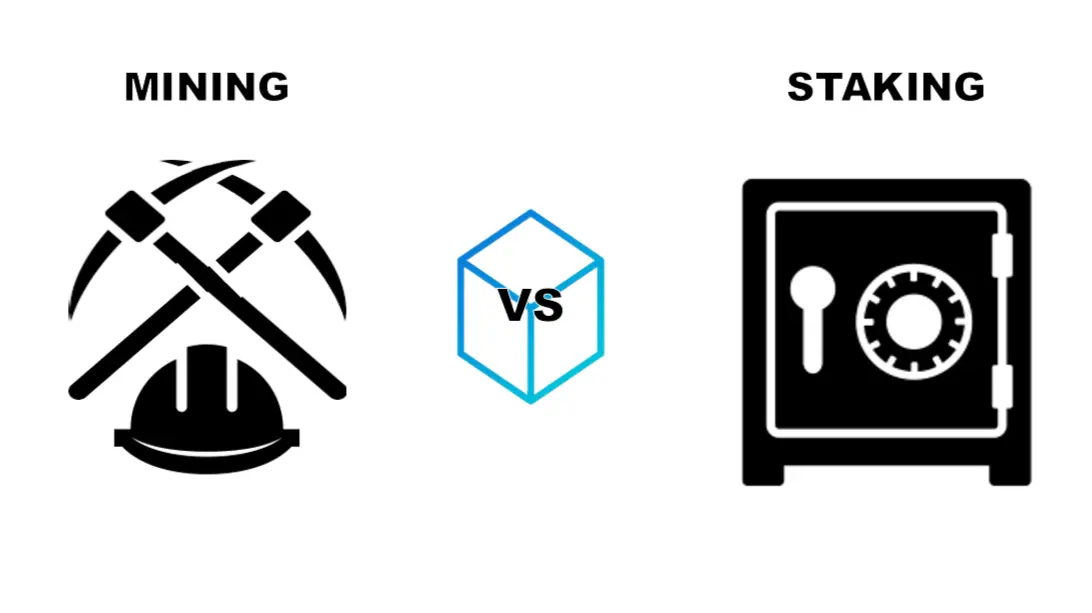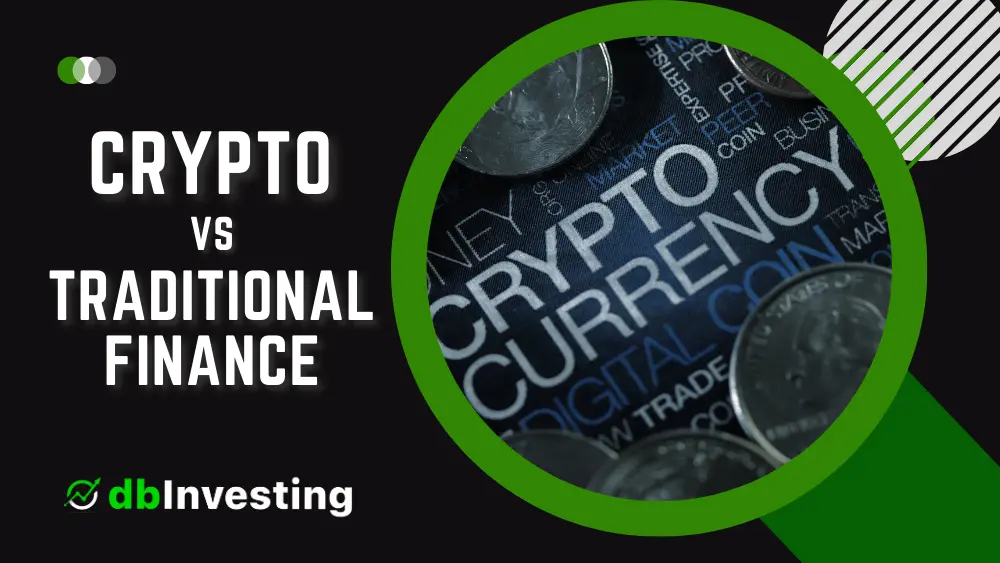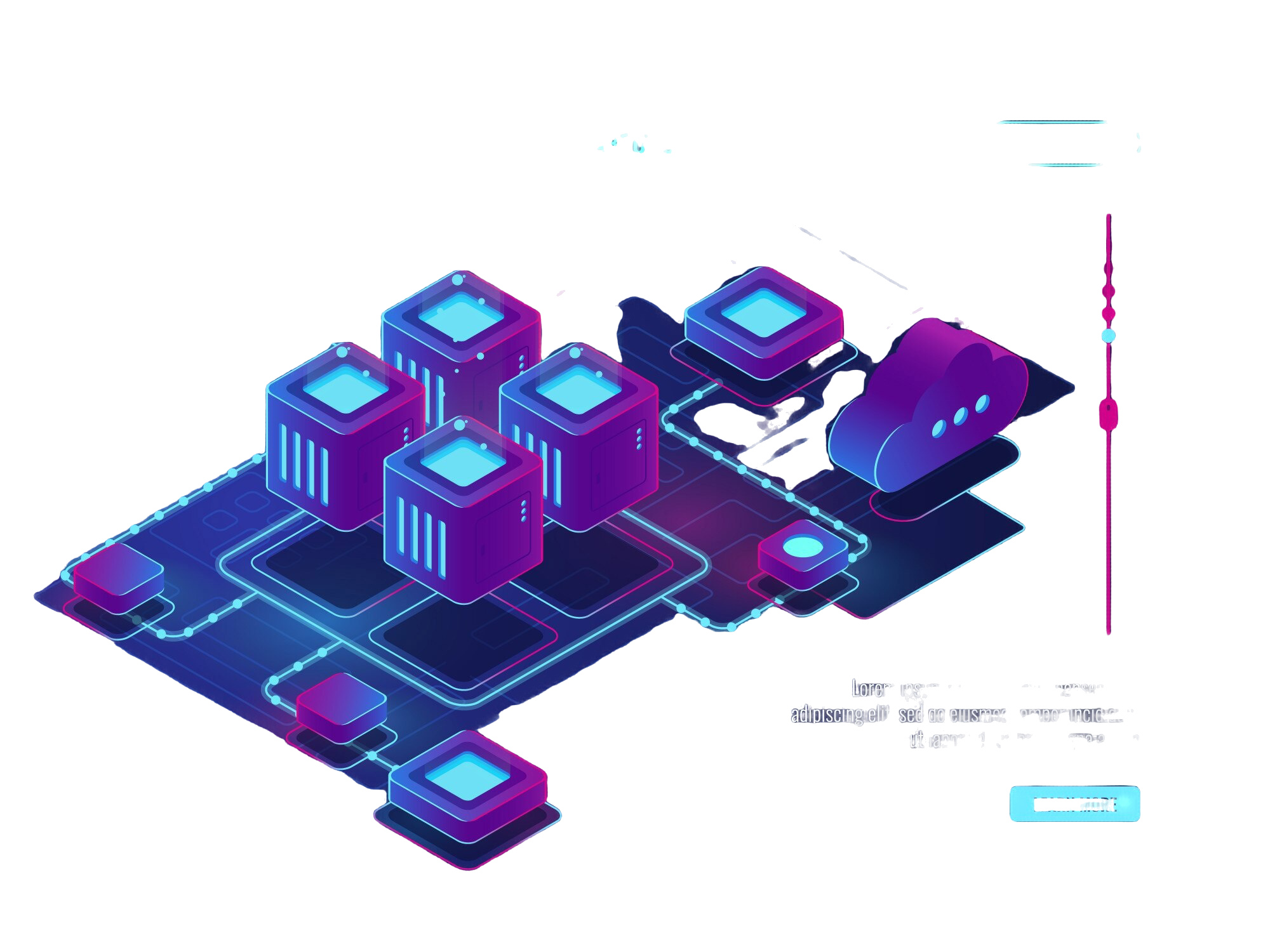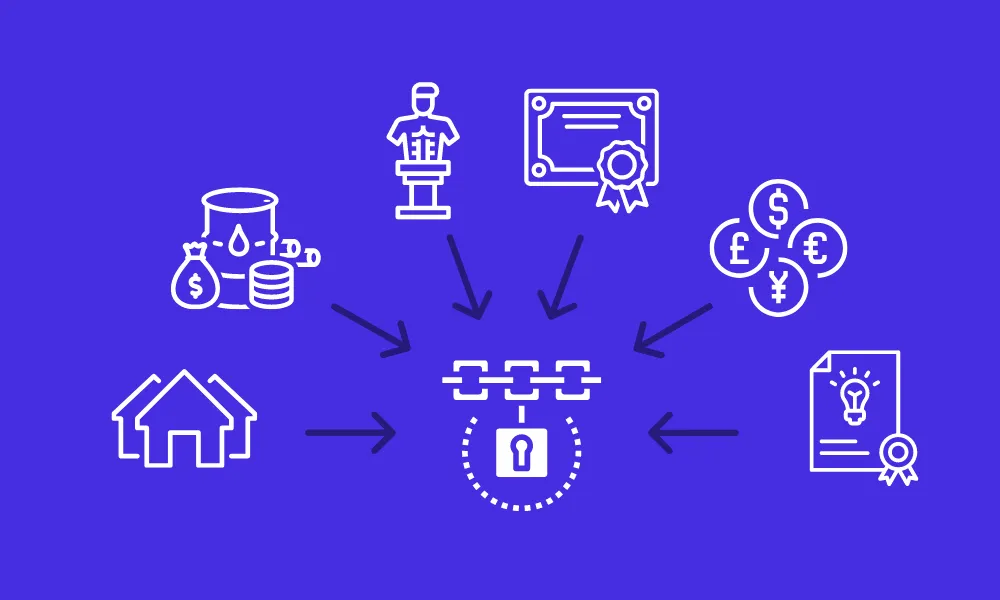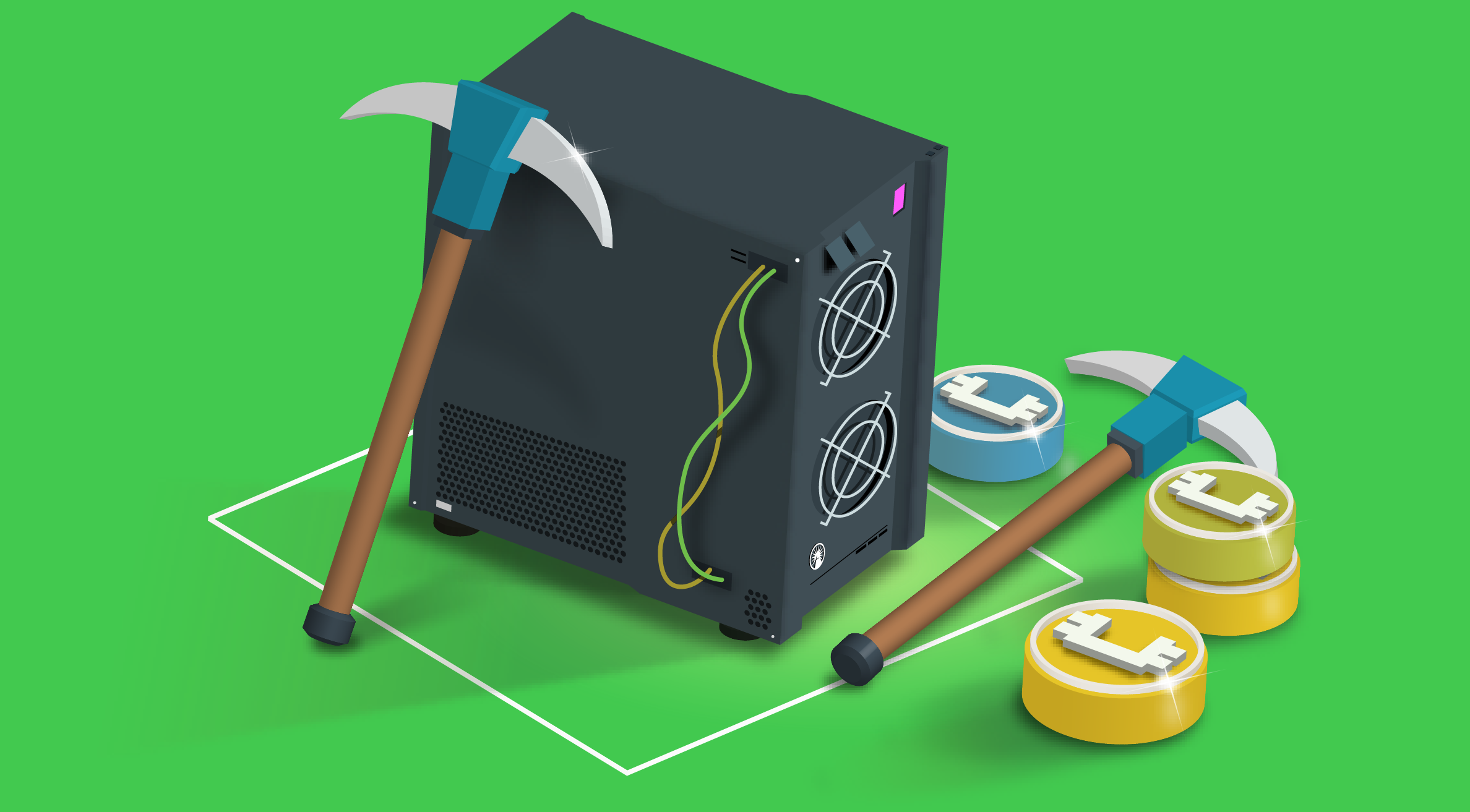Crypto Staking vs. Mining: Which Is Right for You
Introduction
In the evolving landscape of cryptocurrency investments, two prominent methods have emerged for earning rewards: mining and staking. Each approach offers unique advantages and challenges, catering to different types of investors. Understanding these differences is crucial for making an informed decision about which method aligns best with your goals and resources.
What is Crypto Mining?
Cryptocurrency mining is the backbone of Proof-of-Work (PoW) blockchain networks, serving as both a security mechanism and a method of distributing new coins. Miners use specialized computer hardware to solve complex mathematical problems, validating transactions and adding them to the blockchain. This process requires significant computational power and energy consumption.
The mining process involves:
Verifying transactions for accuracy
Bundling transactions into blocks
Computing complex mathematical puzzles
Adding new blocks to the blockchain
Receiving rewards in the form of newly minted coins and transaction fees
Pros and Cons of Mining
Advantages
Potential for substantial rewards, especially during bull markets
Complete control over your mining operation
Ability to mine multiple cryptocurrencies with the same hardware
No need to lock up existing crypto assets
Disadvantages
High initial investment in mining equipment (often $1,000+)
Significant ongoing electricity costs
Technical knowledge required for setup and maintenance
Environmental concerns due to high energy consumption
Hardware depreciation and obsolescence
What is Crypto Staking?
Staking represents a more energy-efficient alternative to mining, operating under the Proof-of-Stake (PoS) consensus mechanism. Participants "stake" their existing cryptocurrency holdings to help secure the network and validate transactions. The process is analogous to earning interest on a traditional savings account, but with potentially higher returns and different risk factors.
Staking involves:
Locking up a minimum amount of cryptocurrency in a compatible wallet
Running validator software (or delegating to a validator)
Participating in transaction validation and block creation
Earning rewards proportional to the amount staked
Pros and Cons of Staking
Advantages
Lower barrier to entry with minimal hardware requirements
Energy-efficient and environmentally friendly
Predictable passive income through regular rewards
No technical expertise needed when using delegation services
Multiple staking options (solo, pooled, or exchange-based)
Disadvantages
Required lockup periods reduce asset liquidity
Potential slashing penalties for validator misconduct
Price volatility risk during lockup periods
Minimum stake requirements can be substantial for some cryptocurrencies
Key Differences Between Mining and Staking
The following comparison highlights the fundamental differences between these two approaches:

